Normally I like to have these blog posts come out within a day or two of the video I produced to go with them, but this month, I needed to dedicate some time to organizing my studio once and for all, and we had some household company for about a week as well. Life happens, but eventually, I always find my way back to knitting. :) Delay hand-wringing aside and without further ado, I’m excited today to explain the what, why and how of knitting with the magic loop method. Soon, I’ll also have a post & video tutorial on troubleshooting common magic loop problems like laddering and jogs (and what the heck they are), so stay tuned.
Throughout this article and on this blog, I use asterisks (*) to cite my sources, which are linked at the bottom of this post under “useful resources”. Bloggers aren’t exactly held to MLA or APA citation styles, and as a former public librarian, I feel it’s helpful to mention what those mean, and where I am finding my information. I do this just as much to appropriately credit my fellow craft writers as I do to offer additional resources for the curious. Just a heads up. :)
What is the Magic Loop in knitting?
In knitting there are a few different ways to knit in the round, but with the advent of circular knitting needles in the nineteen-teens*, new methods presented themselves for knitting in the round. Circular knitting needles are a set of straight knitting needles that are connected at the non-pointy end by a flexible cable of varying lengths. Circular knitting needles and the magic loop method allow knitters to use a single pair of circular knitting needles to knit a project at almost any circumference they wish.
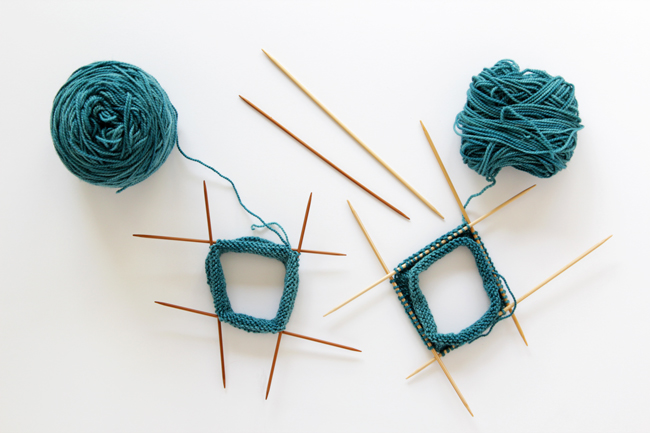
Magic Loop is the name for knitting in the round using a single pair of circular knitting needles connected by a long cable, and the technique became popularized in the early 2000s.* Instead of using the once-traditional set of five double-pointed needles (DPNs) arranged in a circle to accommodate working in the round, a circular needle is used and allows for stitches to be worked on the needle tips thanks to the additional length of the cable. A cable measuring 32″/80 cm is the recommended minimum length to use for this technique. (Before writing this article I confess I only ever eyeballed how long of a cable I’d need to work in the round, just in case you’re crying with a 28″ cable in hand reading this.)
Why use the Magic Loop in knitting?
- You don’t have a pair of circular needles on hand with an ideal cable length.
- If you’re using circular needles without the magic loop method, knitting at especially small circumferences can be a challenge or impossible.
- You’re increasing or decreasing a lot of stitches in your project and don’t want to have to switch cables (If you’re using circular needles with interchangeable cables, switching cables can be slightly annoying depending on your patience level.)
- There’s no shame in it – many knitters fear working with double pointed needles. (With the popularity of circular needles and the magic loop technique, I can understand why many knitters never learn.) Even if you don’t fear them, knitting on-the-go with DPNs is precarious. It’s really easy to lose a needle and then be unable to knit at all. With circs, you don’t risk having to knit with a needle that’s hit the floor.
If I missed any other reasons, let me know in the comments, and I’ll add to this list!
How to do the magic loop method
Video tutorial:
Useful Resources
- *Going in Circles: A History of Knitting in the Round – Piecework Magazine
- Why knit with magic loop? – Önling
- Magic Loop Technique: How to Knit in the Round Using a Single Long Circular Needle – Tin Can Knits
- Learn the Knitting Method That’s Totally Magic – Craftsy
Don’t forget, I’ve got another post & video tutorial on troubleshooting common magic loop problems coming soon, and I’ll link it here when it’s up. Happy knitting!
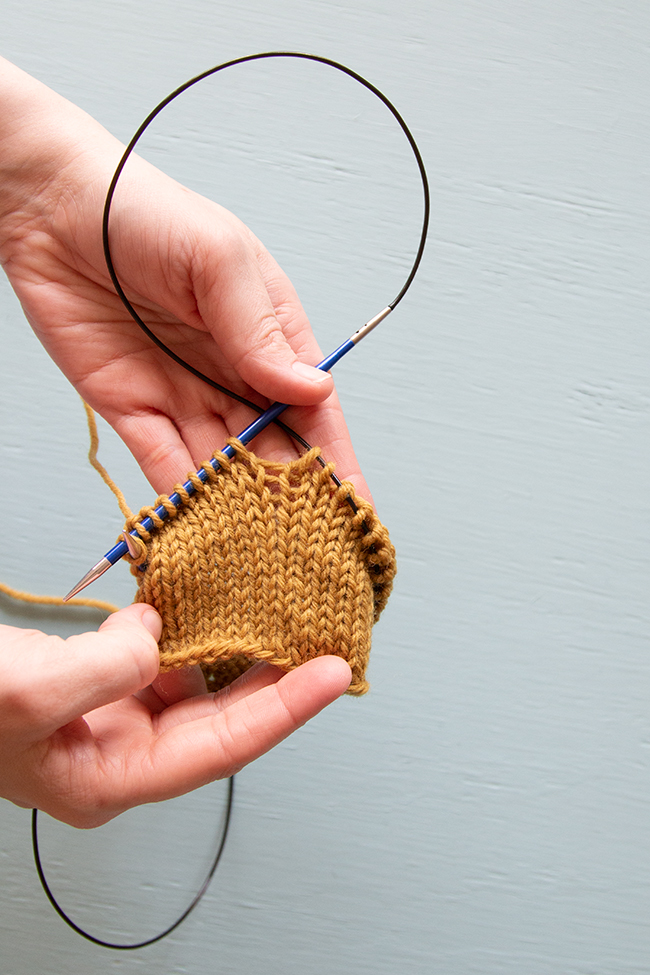
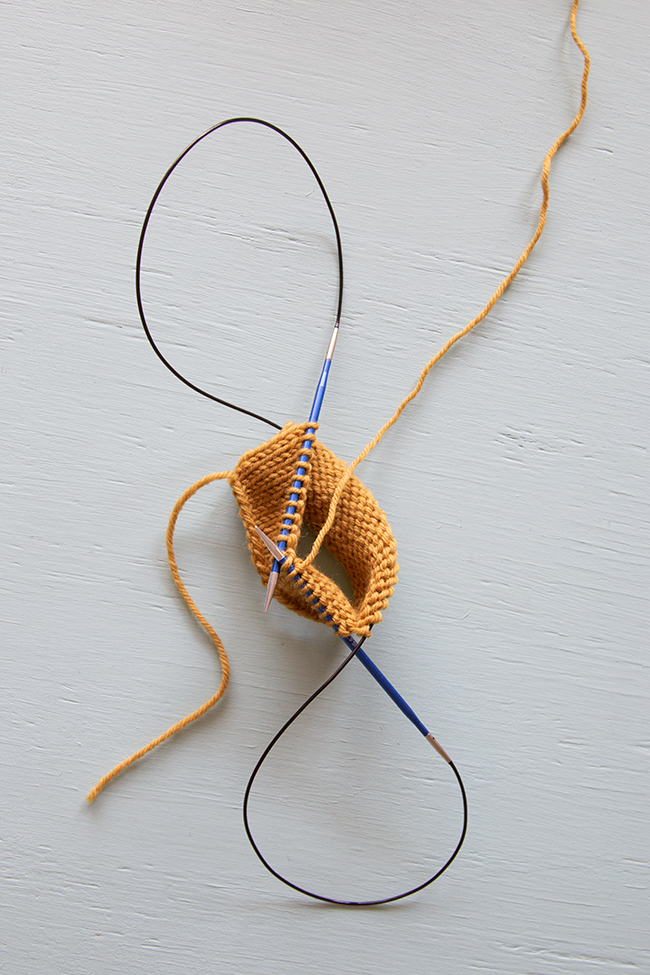
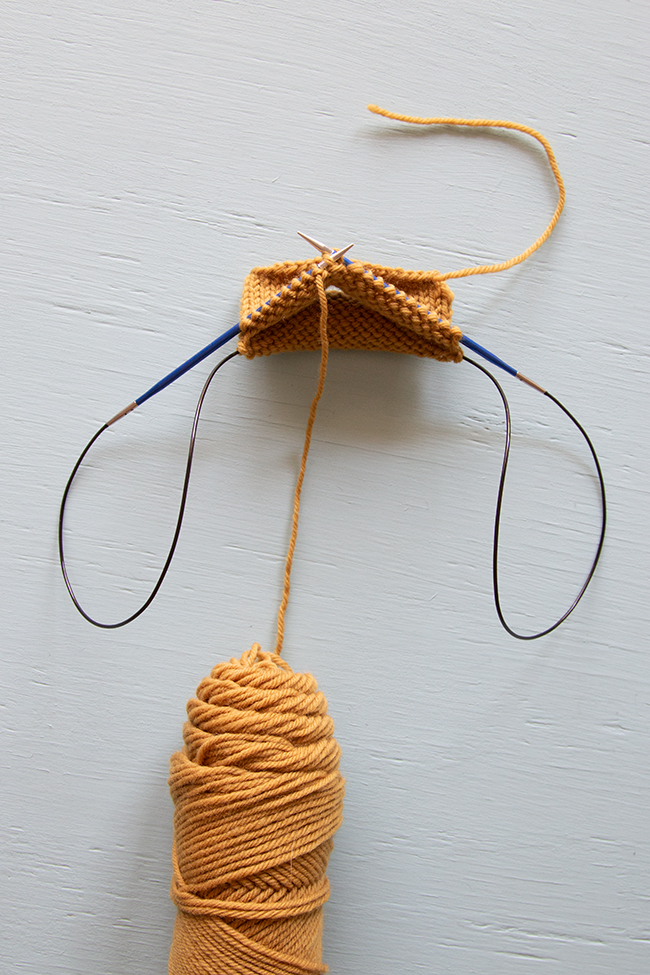
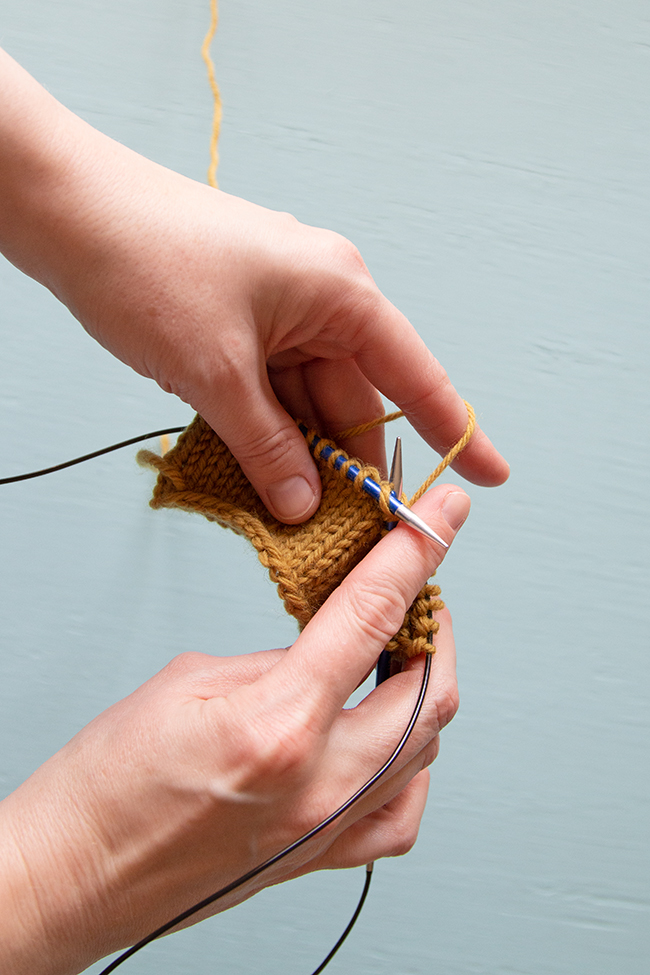
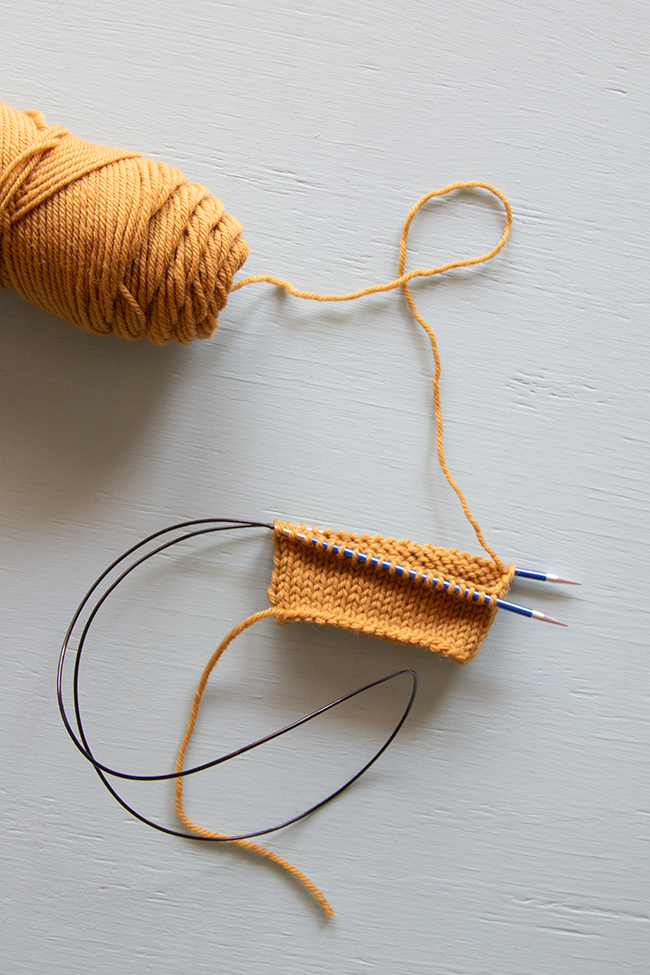
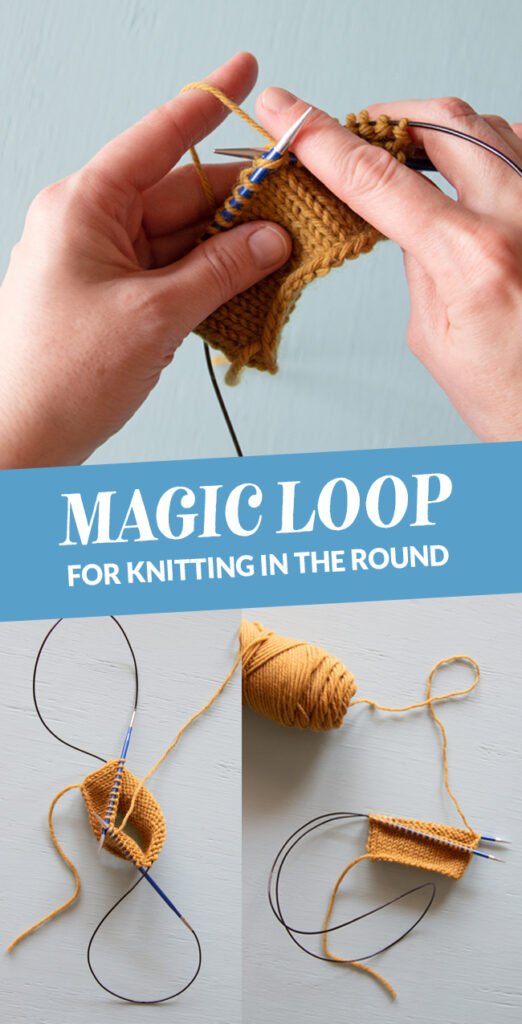
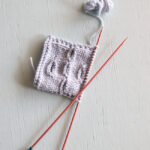
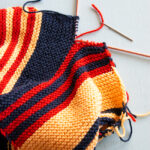
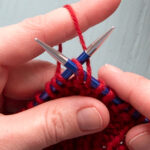
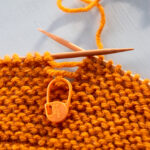


 & shop new patterns
& shop new patterns 





Thanks for sharing your knowledge and expertise in such a fun matter

Hello Heidi,
I found your video very interesting; it helps me understand how to proceed to make a small Sophie’s “itsybitsy ascot” pattern that I bought… You wouldn’t have a video tutorial on how to start a project with very little number of stitches (6) using the magic loop and increasing M1R -M1L as we go ?!?
Thank you Jackie
I can add it to my to-make list!